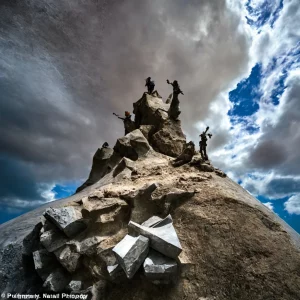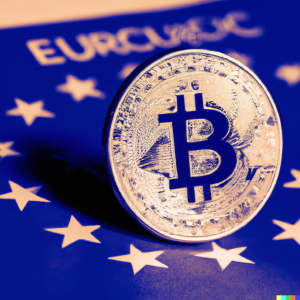
Non-fungible tokens (NFTs) have been making waves in the art world for the past few years, as they offer a revolutionary new way for artists to monetize their work. By leveraging blockchain technology, NFTs provide a secure and transparent way to create, buy, and sell digital artwork. This new form of digital asset has allowed artists to create unique and valuable pieces of art that can be traded and sold on the open market. In this article, we will explore how NFTs have changed the art world and the implications for the future.
NFTs are digital tokens that are stored on the blockchain, and they can represent anything from artwork to music to collectibles. They are unique and non-interchangeable, meaning that each token is one-of-a-kind and can’t be replicated. This makes them highly desirable to collectors and investors, as they are able to acquire a piece of art that is truly unique and valuable. NFTs have also opened up the art world to a new generation of collectors, as they are much more accessible than traditional art forms.
The rise of NFTs has led to an influx of new artists entering the art world. As the technology is more accessible, it has allowed more people to create and share their digital art with the world. This has resulted in an explosion of creativity and innovation, as artists are now able to create art that is not only unique, but also highly valuable. Additionally, NFTs have allowed artists to monetize their work in a way that wasn’t possible before. Artists can now sell their work directly to collectors, instead of relying on galleries and other intermediaries.
Not only have NFTs changed the way artists make money, but they have also changed the way we view art. As digital art is becoming more and more popular, it has opened up the art world to a new audience. Digital art is more accessible than traditional art forms, as it can be shared and enjoyed by anyone with an internet connection. This has allowed more people to appreciate and enjoy art, regardless of their location or financial situation.
Finally, NFTs have changed the way art is valued. As digital art is now more easily accessible, it has become easier to determine the value of a piece of art. This has led to a more efficient and transparent art market, as buyers and sellers can now easily determine the true value of a piece of art.
Overall, NFTs have had a huge impact on the art world. They have opened up the art world to a new generation of artists and collectors, and have allowed for a more efficient and transparent art market. As the technology continues to evolve, it is likely that NFTs will continue to revolutionize the art world in the years to come.






